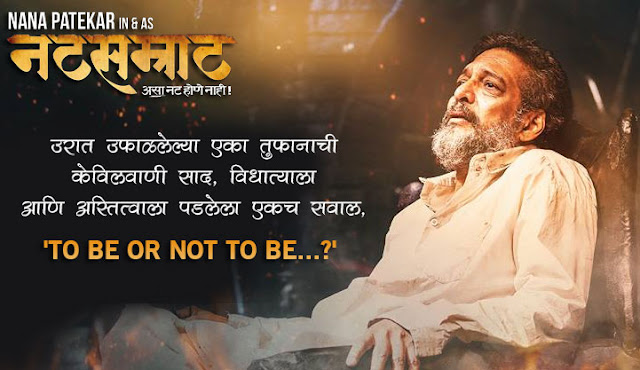CONTACT SOUTH ASIA 2014
SIT’s CONTACT Programme: Where South Asia lives and learns together
The SIT Graduate Institute’s annual CONTACT programme in Nepal is a platform for people from across South Asia to bond with and learn from each other.
It was the 16th of December when I landed in Delhi from Nepal. On seeing news about the dastardly killing of innocent school children in Peshawar, I wondered how my identity as a South Asian had undergone immense transformation during the past two weeks as a participant of The SIT Graduate Institute’s CONTACT (Conflict Transformation Across Cultures) programme in Kathmandu. I suddenly became more sensitive to my identity as a South Asian, pained at what was happening to my region.
The nature of the attack in Peshawar shook me, since it was only a day before that I parted ways with my South Asian friends, pledging to work in solidarity for peace. My arrival from Nepal and this news reaffirmed the fact that there was a long way to go before South Asia could achieve peace, harmony, development, justice, and other ideals that we had been deliberating over the past two weeks.
SIT’s (School for International Training) South Asia programme in Kathmandu, aptly titled CONTACT, was a unique opportunity for South Asians to experience and live through multiculturalism, friendships, and cross-country bonding over a period of two weeks in residence. The programme brought together over 40 participants from the South Asian region for a professional training in peace-building and conflict resolution. Since the past five years, the institute has been conducting this programme in Nepal (perceived as a neutral venue for South Asians to meet and interact with each other).
The training module this year comprised of courses in peace-building, conflict resolution, peace mediation, arts and peace-building, memories of war and the use of theatre to convey intricacies related to conflict and peace. Taught by expert faculty, participants hailed from Afghanistan, Bangladesh, India, Myanmar, Pakistan, Sri Lanka, and Tibet.
By the end of the programme, participants began questioning deeply entrenched stereotypes, narrow versions of nationalism to develop a holistic understanding of complex issues that plague the region. On the final day, participants watched a recorded version of the Nobel Peace Prize ceremony with Indians cheering for Malala and Pakistanis for Satyarthi.
CONTACT was a perfect opportunity for South Asians to live and learn together, transcending barriers of nationality, language, race and religion. It foregrounded an innovative blend of theory and practice in peace and conflict studies, from which every participant could take back something meaningful to their own conflicts in their own communities. Conflicts in South Asia are complex. South Asians can unravel, simplify and learn to manage conflicts by getting to meet, know, and talk. An experiential learning process made a concept as complicated as conflict interesting for CONTACT participants. At the end of two weeks of learning, give and take, experience; participants utilized an integration day to share, reflect, capitalize and network for future prospects in the field.
In the midst of hectic sessions, participants also explored local Nepalese culture and cuisine, busy markets, landmark monuments probably knowing that meeting again and spending time like this would be a distant dream. Filled with emotional, intellectual and hands-on skills, I grew to be a more sensitive human being in those two weeks of cross cultural interaction and imbibed a completely different meaning of peace. Peace is essential, desirable and achievable. Peace is team work and collaboration. Peace is acceptance and friendship. In a region afflicted by conflicts of grave consequences, this kind of CONTACT can go a long way in strengthening South Asia’s resolve to successfully confront challenges in the region.





Comments
Post a Comment